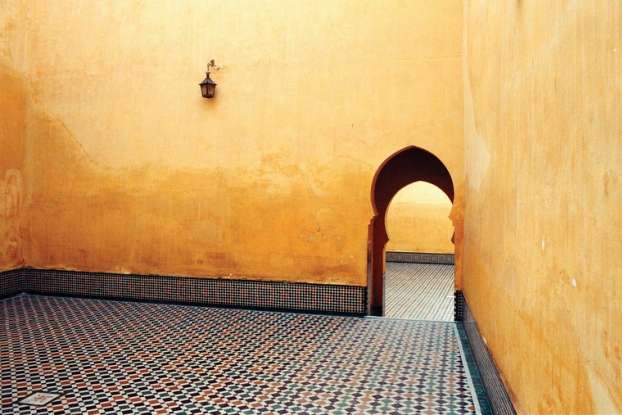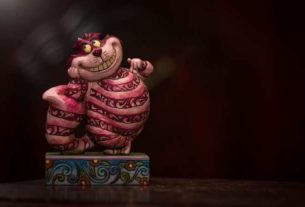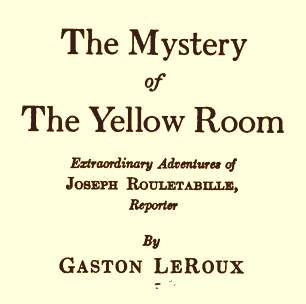
The Mystery of the Yellow Room, by Gaston Leroux, originally written in French as ‘Le Mystère de la Chambre Jaune’, in 1908 is the first book featuring the fictional reporter and amateur sleuth, Joseph Rouletabille. With The Mystery of the Yellow Room, Gaston Leroux – who is best known for his novel The Phantom of the Opera – popularized an entire sub-genre of detective fiction named as ‘locked room mystery’ and this work is often regarded as one of the finest in this genre.
The book literally transport the reader into a world of mystery where a perfect crime has just happened – a crime, which is maddeningly complex and bordering on the realms of being simply impossible to commit – and Joseph Rouletabille has to use every ounce of his skills and his bravery to find how the crime was committed inside a hermetically sealed room.
The way in which Leroux narrates this story of intrigue, with a level of great detail – about the events, the crime scene, and even the surroundings and layout of Château du Glandier, where the mystery unfolds – keeps the reader fully absorbed.
The influence of Gaston Leroux on ‘The Locked Room’ mystery detective fiction
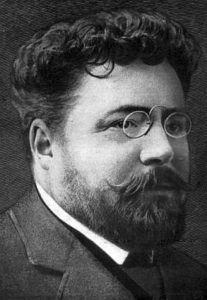
The sub genre of detective or mystery fiction in which a crime is committed in an apparently impossible scenario – usually with an airtight crime scene that is not accessible by outside entities; like a locked room – is often referred to as ‘Locked Room Mysteries’. In Edgar Allan Poe’s “The Murders in the Rue Morgue“, of 1841, we can trace the earliest elements associated with this sub genre of the mystery/ crime/ detective fiction. When Gaston Leroux wrote The Mystery of the Yellow Room, it paved the way to a flurry of similar stories; as the ‘Golden Age of detective fiction’ was just around the corner and many of the master writers of that period were either impressed or influenced by Leroux’s work.
When Edward Dentinger Hoch – the American detective fiction writer with a prolific contribution of more than nine hundred short stories and who wrote many locked room mysteries himself – edited a collection of mystery stories named ‘All But Impossible!’, in 1981, he compiled a list of top ranking detective fictions featuring impossible or hard to solve crime scenarios. In this list compiled after taking votes from well-known authors and reviewers, ‘The Mystery of the Yellow Room’ was chosen as the third ‘best locked room mystery’ story. John Dickson Carr, who wrote ‘The Hollow Man’ of 1935 – which topped this list – himself named ‘The Mystery of the Yellow Room’ as the greatest and his personal favorite work in the genre.
The Mystery of the Yellow Room
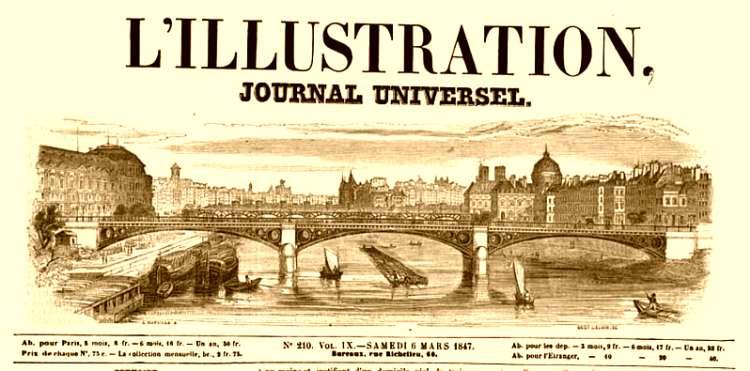
The story was first published serially in L’Illustration, a weekly French newspaper published from Paris. The story was featured from the September 1907 to November 1907 copies of the weekly. L’Illustration was founded by Édouard Charton and was in print from 1843 to 1944, with its inaugural issue coming out on March 4, 1843.
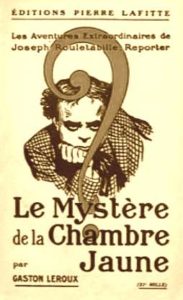
The story is set in Château du Glandier owned by Professor Joseph Stangerson, who is a renowned scientist and revolves around the baffling mystery surrounding a crime committed against ‘Mathilde Stangerson’, the daughter of the Professor. When Mathilde Stangerson was found unconscious inside her chamber – named the Yellow Room – after getting attacked by an unknown entity, the room was locked from inside and her assailant had vanished into thin air leaving only some signs of violence, which baffles everyone.
Mathilde Stangerson, remembers nothing about the attacker. Soon Joseph Rouletabille and his lawyer friend Sainclair – the story is narrated through Sainclair – gets involved in unraveling the mysterious affairs at Château du Glandier and it’s Yellow room. With Joseph Rouletabille, investigating the crime, the story gets more intense with lots of suspicious characters, strange happenings and even a murder at the castle premises, and he painstakingly unfolds layer after layer of secrets adding to the delight of the reader. The friendly rivalry that he has with the police detective Frédéric Larsan who is officially investigating the case adds to the enjoyment of the story.
This is one of those detective fiction, which will encourage the reader to take up the clues left by the author and analyze them to unravel the mystery themselves. As a reader if you have a taste for fiction from the early 1900s then this age-old original classic, which is largely forgotten these days, is well worth reading. Like all crime/ detective fiction from such a different time period, second-guessing each phases of the story with modern day police procedures and forensic investigation methodologies will totally ruin the reading experience.


